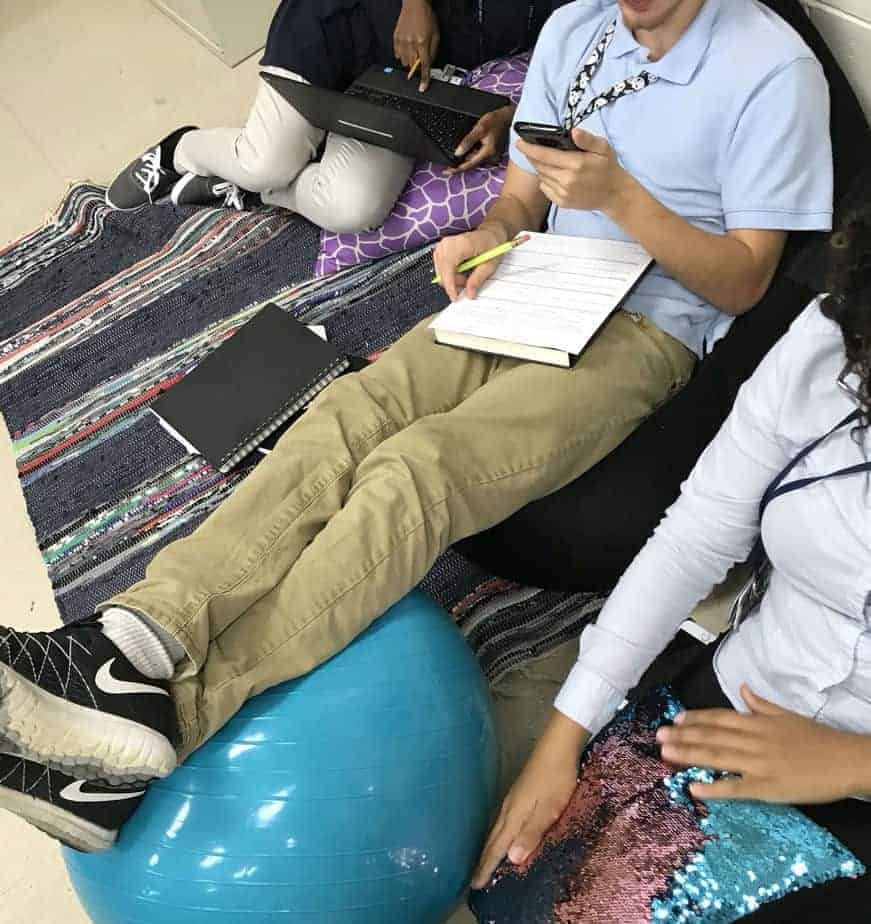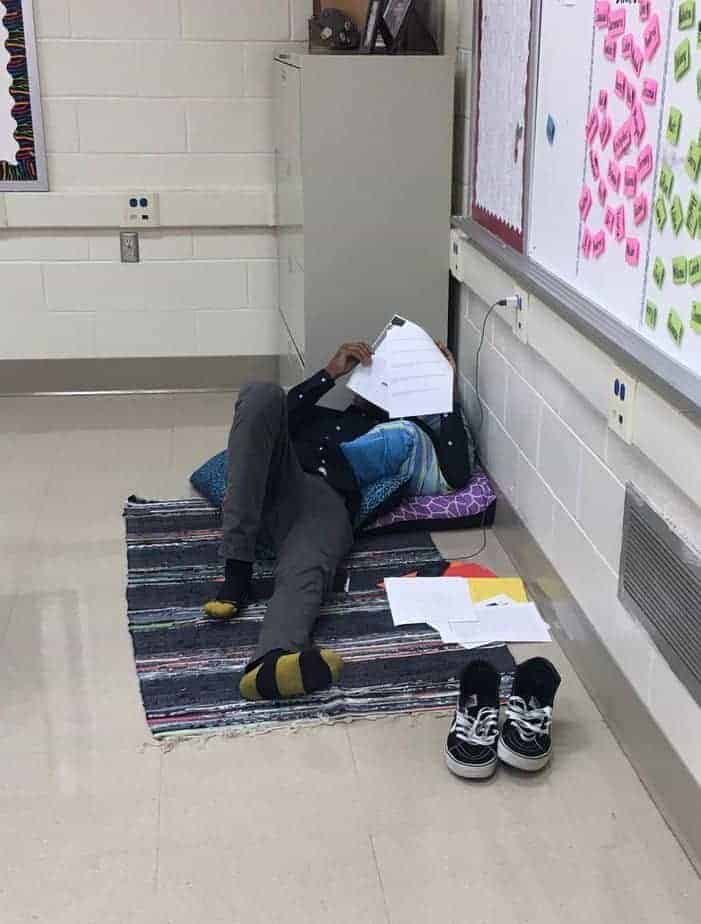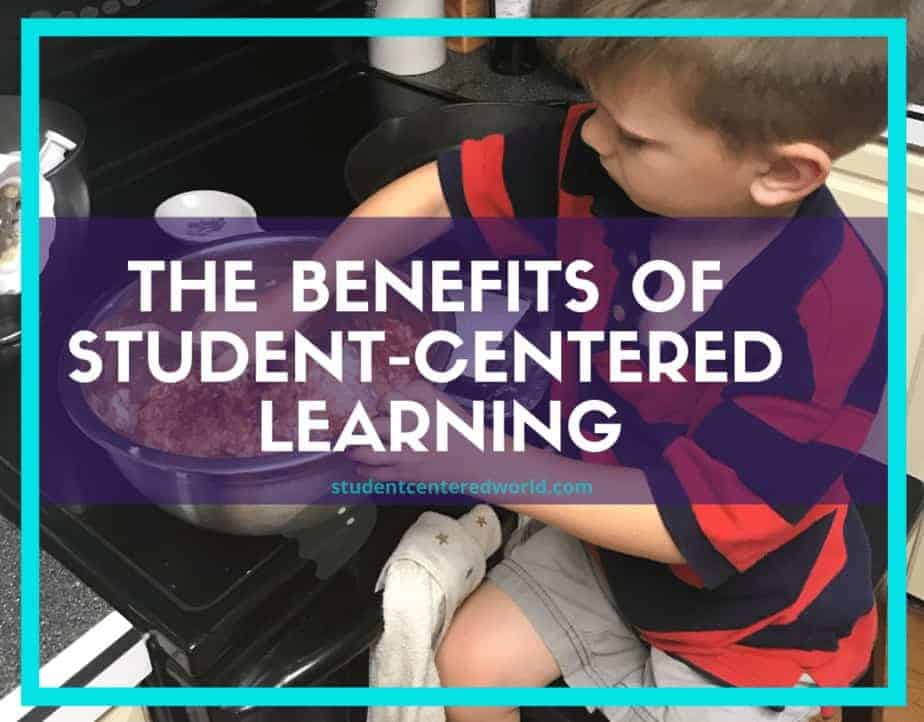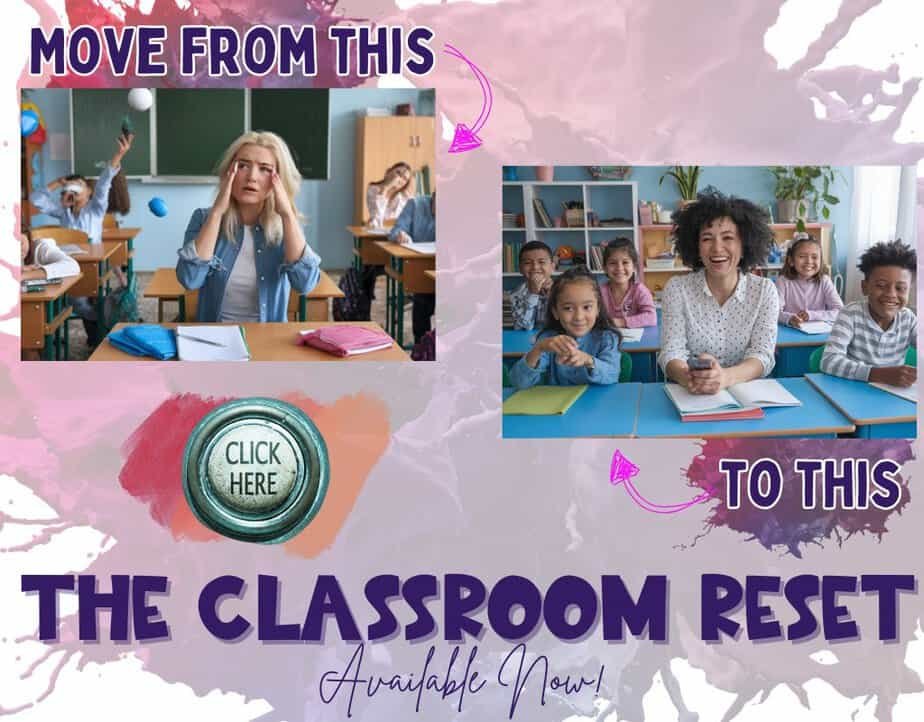How Learner-Centered Education Benefits Student Learning
When I first encountered learner centered education, it felt like a trial by fire. The concept was introduced, but the practical implementation remained unclear, a challenge many educators face. Over time, I discovered the transformative power of learner-centered education and committed to refining my approach. When lessons succeeded, students thrived, engaging more deeply than in any traditional teacher-centered environment. When they failed, the setbacks were stark.
At the time, I wondered why there wasn’t a clear, practical roadmap for implementing student-centered teaching every single day. Now, there is. Welcome to Student-Centered World, where we explore learner-centered practices that empower students as active participants in their educational journey.
Understanding Student-Centered Learning
In traditional teaching methods, the instructor directs all classroom activities, placing immense pressure on educators to deliver content perfectly. This teacher-centered approach often leads to burnout as teachers juggle ever-increasing demands. In contrast, a student-centered classroom fundamentally shifts the focus to the learner. The teacher transitions to a facilitator role while students take charge of their own learning, meeting required standards through engaging methods like project-based learning, collaborative group work, and inquiry-based exploration. This approach helps students develop critical thinking, problem-solving skills, and communication abilities, essential competencies for their future careers.
Learner-centered education goes beyond content delivery to nurture lifelong learning by teaching students how to learn, not just what to learn. It fosters active learning environments where students engage with real-world problems and create meaningful learning experiences that resonate beyond the classroom walls.
The Fundamental Shift From Traditional to Student-Centered
This student-centered approach places learners at the heart of the educational process, fostering greater autonomy and engagement. While standards and learning objectives remain constant, students achieve them through varied pathways that honor their individual needs and learning styles.
Top 3 Easy Methods of Learner Centered Education for Busy Teachers
For educators feeling overwhelmed by the prospect of transforming their classrooms, these three manageable, high-impact methods offer an accessible entry point into student-centered learning. Each requires minimal preparation but yields significant engagement and learning benefits while aligning perfectly with today’s educational best practices.
1. Mini-Inquiry Projects: Sparking Curiosity Through Focused Exploration
Mini-inquiry projects provide a structured yet flexible framework for student-directed learning within your existing curriculum. These short-term investigations (typically 1-3 class periods) begin with an essential question tied to your current unit, then allow students to explore self-selected aspects of the topic. For example, during a history unit on ancient civilizations, students might choose to investigate specific innovations, cultural practices, or political systems that interest them most.

Most educators today were themselves educated in traditional teacher-centered environments, the familiar rows of desks, lecture-based instruction, and rote memorization that characterized 20th-century classrooms. But contemporary students thrive in learner-centered environments where they can explore topics aligned with their interests, work collaboratively in small groups, develop creative thinking by examining different perspectives, and apply their knowledge to authentic real-world projects.
The power of this method lies in its simplicity: provide a clear rubric outlining research expectations and final product requirements, then let students’ natural curiosity guide their learning. Teachers report that even reluctant learners engage more deeply when investigating self-chosen topics. These projects naturally develop research skills, critical thinking, and information synthesis while covering the required content.
Implementation tips:
- Start with highly structured templates for younger students
- Incorporate simple presentation formats (posters, slideshows, or podcasts)
- Build in brief “research check-ins” to monitor progress
- Include a reflection component where students explain what surprised them
2. Choice Boards: Differentiating Through Student Agency
Choice boards (also called learning menus) empower students by offering multiple pathways to demonstrate understanding. This versatile tool works for any subject and requires minimal prep once you establish your framework. Create a 3×3 grid with different activity options addressing the same learning objective through varied modalities, visual, auditory, kinesthetic, written, or digital.
For instance, a vocabulary choice board might include options like: creating a comic strip using words; recording a podcast episode explaining terms; designing a digital flashcards set; or writing a short story incorporating vocabulary. The key is ensuring all options require equivalent depth of thinking while appealing to different strengths. Teachers love how choice boards automatically differentiate instruction while maintaining consistent standards.
Pro tips for success:
- Color-code options by learning style or difficulty level
- Include at least one collaborative option
- Rotate board templates to maintain novelty
- Have students submit a brief rationale for their choice
3. Peer Teaching: Deepening Understanding Through Explanation
The peer teaching method leverages the powerful principle that we learn best when we teach others. In this structured approach, students become “experts” on specific curriculum concepts, then teach them to classmates through brief presentations, small group tutorials, or learning stations. For example, in a science class studying ecosystems, different student groups might master and then teach about particular biomes.

This method works exceptionally well for skill-based subjects like math, where students can demonstrate problem-solving approaches. The preparation process, where students must thoroughly understand material to teach it, often reveals gaps in understanding that traditional homework misses. Meanwhile, learners often absorb concepts better when hearing them from peers using student-friendly language.
Key implementation strategies:
- Provide clear expert guidelines and checklists
- Incorporate simple “teacher training” sessions
- Use timers to keep presentations focused
- Build in audience accountability through note-taking or Q&A
- Rotate expert roles throughout the year
Why These Methods Work
These three learner-centered classroom strategies offer tremendous value because they address the unique challenges faced by today’s educators, whether public school teachers, private school teachers, or faculty members in higher education.
First, they require minimal upfront investment, most can be implemented using existing curriculum materials, making them accessible even for educators with limited resources. Unlike more traditional approaches that rely heavily on direct instruction, these methods leverage students’ own knowledge and past experiences, reducing prep time while increasing student engagement.
Second, they automatically differentiate instruction without requiring teachers to design multiple lesson plans. By placing students at the center of the learning process, these strategies naturally adapt to individual student needs, learning styles, and skill sets. Whether through inquiry-based learning, problem-based learning, or collaborative learning, these approaches honor the fact that people learn in different ways.
Third, they facilitate a powerful focus shift from teacher-led to student-driven learning. In a student-centered learning environment, the role of the teacher evolves from lecturer to facilitator, guiding learners as they develop communication skills, critical thinking, and student autonomy. This design process not only lightens the instructor’s cognitive load but also fosters a deeper understanding of the material among students.

Perhaps most importantly, these methods cultivate essential competencies for future careers, including teamwork through group projects, creative problem-solving, and adaptability, skills highly valued in both academic and corporate training settings. Teachers often observe unexpected benefits of a learner-centered approach, such as:
- Improved classroom dynamics as students take ownership of their learning
- Higher student achievement as learners engage with content in meaningful ways
- Stronger relationships between community members and the school as students showcase their work
For educators new to student-centered education, these strategies serve as an ideal entry point. They provide professional development in action, allowing teachers to experiment with instructional strategies without overhauling their entire teaching style. Whether in a traditional classroom setting or an online course, these methods adapt seamlessly, making them a great way to transition from teacher-centered learning environments to effective learning environments that prioritize students’ learning.
By starting small with these approaches, educators can navigate the paradigm shift toward learner-centered models at their own pace. Each strategy, whether mini-inquiry projects, choice boards, or peer teaching, can stand alone or combine for greater impact. This flexibility makes them particularly valuable for addressing the unique needs of diverse learners while maintaining high expectations for student performance.
Ultimately, these methods align with modern learning theory, serving as a North Star for educators committed to preparing students for new challenges in an ever-changing world. They prove that the best way to foster growth isn’t by treating students as blank slates but by empowering them as active participants in their educational journey.
Making the Transition to Learner-Centered Practices
Ready to try these in your classroom? Start by selecting one method that best fits your current unit. Allocate just 20-30 minutes for the first attempt, you can expand as you and your students gain confidence. Many teachers find it helpful to:
- Explain the purpose and process clearly to students
- Model expectations with a sample project or demonstration
- Incorporate brief student feedback sessions to refine future implementations
Remember, the goal isn’t perfection but progress toward more engaged, self-directed learners. Even small steps toward student-centered practices can yield significant benefits for both teacher satisfaction and student outcomes.

Shifting to student-centered teaching doesn’t require an overnight transformation. Effective strategies include creating flexible classroom spaces that encourage movement and collaboration, building in regular opportunities for student choice in how they learn and demonstrate understanding, and incorporating project-based learning that connects lessons to real problems.
Many teachers find success with flipped classroom models where students explore foundational content at home through curated resources, then apply that knowledge through hands-on activities during class time. Cooperative learning structures that promote meaningful group work and peer-to-peer teaching can also powerfully support the transition.
Dispelling Myths About Learner-Centered Education
A common misconception suggests that learner-centered education means teachers do less work. In reality, it requires thoughtful, intentional planning to meet individual student needs while maintaining rigorous standards. Key elements include establishing clear learning goals aligned with curriculum expectations, developing varied assessment methods beyond traditional tests, differentiating instruction to address unique student needs, and facilitating student-led discussions that encourage deep reflection. The teacher’s role evolves from information-deliverer to learning architect and guide.
Skeptics often argue that these methods won’t work in their particular classroom contexts. However, in my experience, including work in challenging school environments with historically low engagement, student-centered methods consistently lead to improved achievement and participation. Students in these classrooms report deeper understanding of material, greater confidence in their problem-solving abilities, and an empowering sense of ownership over their own education.
The paradigm shift from teacher-led instruction to student-driven learning yields undeniable benefits, including significantly higher engagement levels and the development of essential 21st-century skills that prepare learners for future success.
A Call to Action for Modern Educators
Learner-centered education represents more than just a teaching style: it’s a fundamental educational philosophy that prepares students for lifelong learning in our rapidly changing world. Whether you teach in public schools, private institutions, or higher education, embracing student-centered practices can transform your classroom into a dynamic, effective learning environment where all students can thrive.
For educators ready to begin this transformation, start small with the three manageable methods mentioned earlier, then gradually incorporate additional strategies as you gain confidence. Remember that even incremental shifts toward student-centered practice can yield significant benefits for both teachers and learners.
This article was originally published on November 11, 2018.






